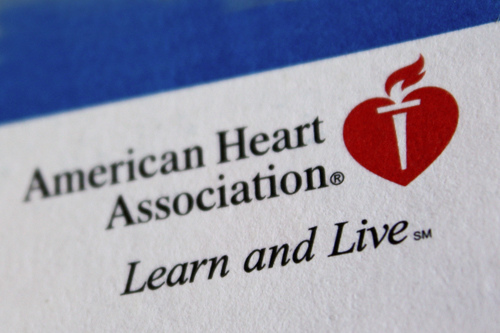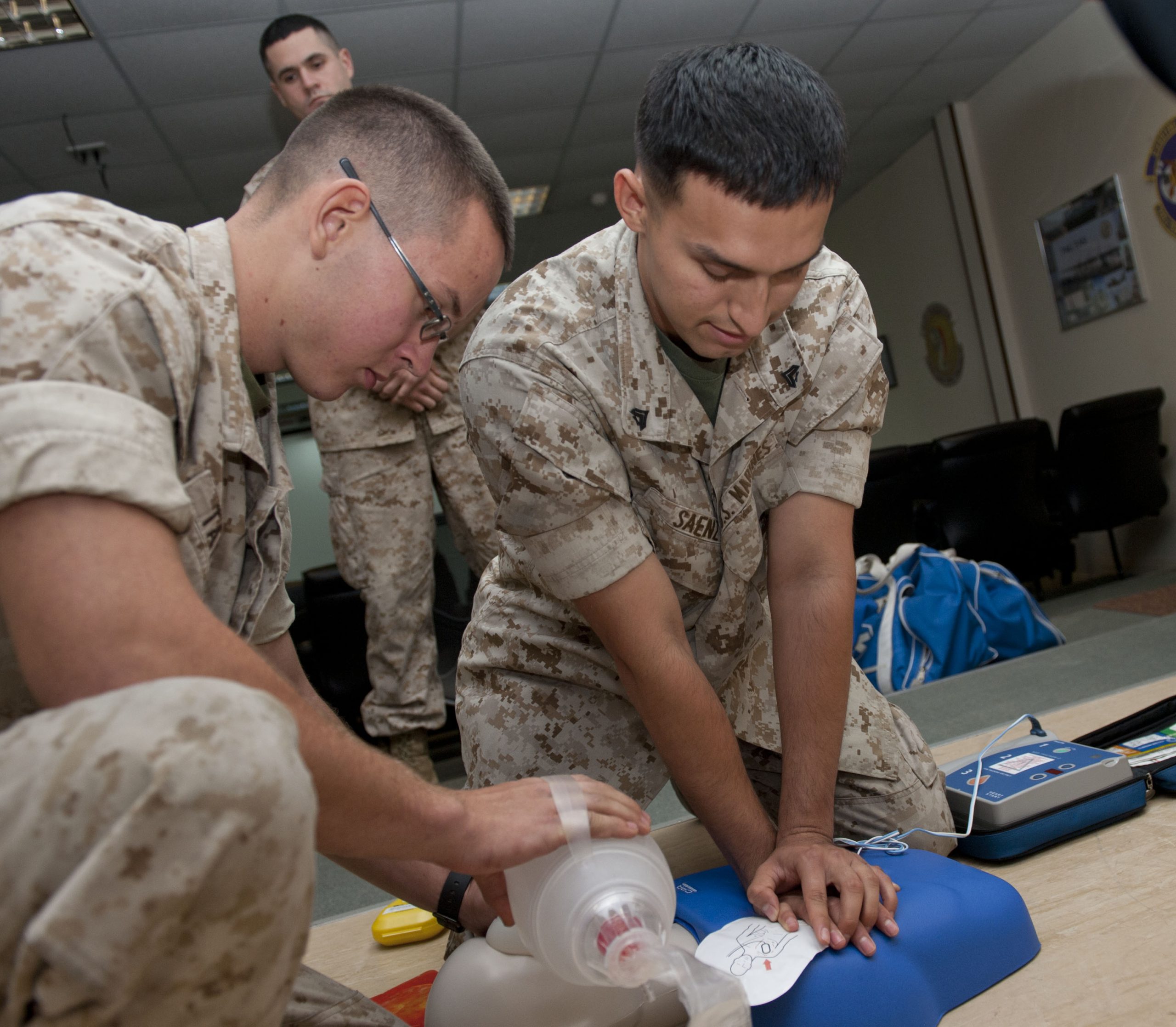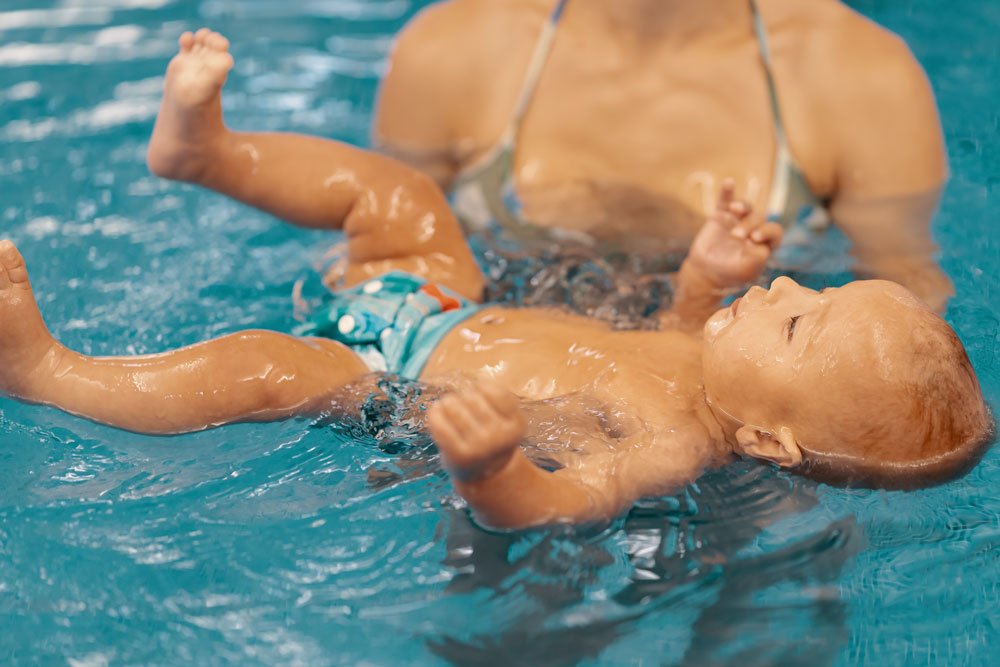Knowing CPR should be something that everyone knows how to do, regardless of owning a swimming pool.
Accidents can happen at any time and knowing CPR can drastically change the outcome of an emergency situation. More than 85 percent of cardiac arrests take place at home. Stories are prevalent online from patients about how their lives were saved because of this life-giving resource performed by a husband, wife, child, or friend.
What is CPR? It stands for cardiopulmonary resuscitation. A person needs CPR if their heart has stopped beating, if they’re having trouble breathing or if they’ve stopped breathing. It is necessary to keep blood flowing and circulating to get oxygen to the brain. If a person has fallen into the water and cannot swim, you have seconds to act. Your act of CPR while first responders are on their way, can mean the difference between life and death of a friend or loved one.
Changes in CPR Technique – While the goals have remained the same, technique has evolved over the years. In 2010, the American Heart Association changed the CPR technique to begin with chest compressions over breathing. The old technique took an “A-B-C” approach (air, breathing, chest compressions). Today, it has been replaced with a “C-A-B” approach (chest compressions, air, breathing).
The main change shifts the focus to chest compression over rescue breaths. Think, ‘keep the heart beating’. It’s believed that giving chest compressions before breaths saves more lives of those in cardiac arrest. The American Heart Association also changed the recommended number of chest compressions per minute from 100 to 120 over the years.
When someone is giving rescue breaths, he or she needs to stop chest compressions for a few seconds. This short, but valuable time, can mean the difference between life and death for someone in distress. Also it’s believed that time may be lost in emergency situations because some people are hesitant to give mouth-to- mouth resuscitation. The reason is usually because of someone’s fear of risk of illness despite the immediate necessity.
Learning CPR – You can learn the proper CPR technique in certification classes. The American Heart Association offers online courses as well as physical courses all around the country. Knowing cardiopulmonary resuscitation is a valuable skill to have whether you own a swimming pool or not. These life-saving techniques can come in handy anytime, anywhere.
– You can learn the proper CPR technique in certification classes. The American Heart Association offers online courses as well as physical courses all around the country. Knowing cardiopulmonary resuscitation is a valuable skill to have whether you own a swimming pool or not. These life-saving techniques can come in handy anytime, anywhere.
If you want to help prevent someone from falling into your pool accidentally and leading to a situation where CPR is needed, you may also want to consider installing a pool fence. For more information on pool fences contact Protect-A- Child Pool Fence at 772-398-3400.



